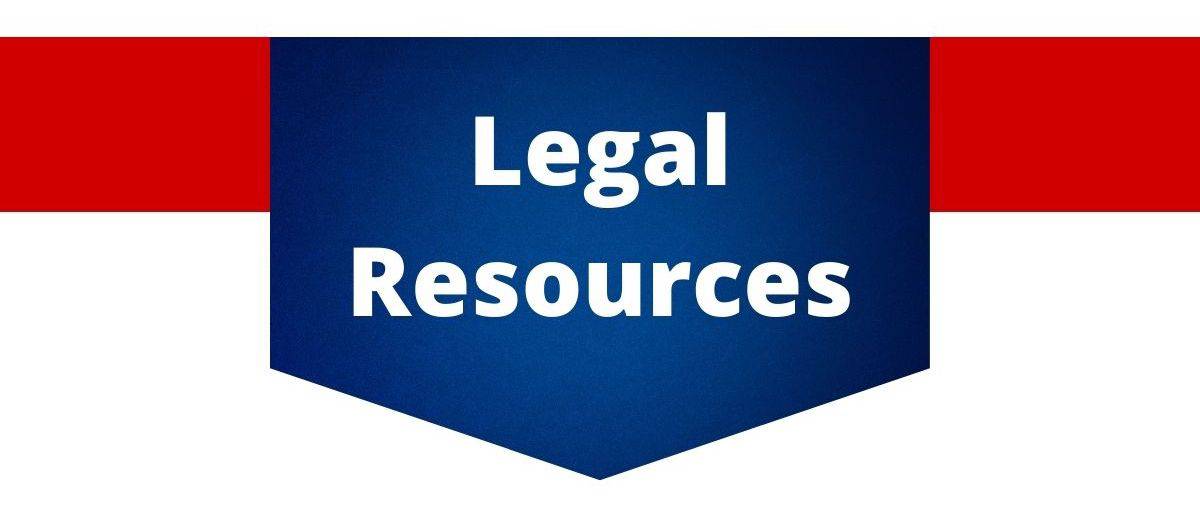Collecting Data on Families
A child’s birth certificate is considered part of what state government calls “vital records,” which are government records of life events such as birth, death, marriage and divorce. In the United States, most vital records are public documents, available for viewing by anyone.
In the past, a child’s birth certificate was relatively simple, with basic data such as name and sex of child, name of mother and/or father, home address, name of hospital, city of birth, and date of birth. Today, however, the birth certificate is used to collect a significant amount of data on the child and the mother.
Six Things to Know
1. More data is being collected by the state than is necessary to register the birth of the child.
2. Using the child’s birth as an opportunity, states collect a wide array of data, from various medical forms, on children, mothers and families, such as education levels, race, behaviors, last employment and income.
3. “Birth Certificate Worksheets,” labor, delivery, prenatal and mother’s medical records are used to gather the data.
4. This data is used to conduct research and analysis without parent consent.
5. Depending on state law, parents may be allowed to refuse to provide data not required for registration, but the parents may not be told.
6. Politely refuse to answer questions that go beyond the data needed to register your child’s birth. State requirements vary – see the reports below to learn what types of data are collected and to review your options.
For More Information
Report – Profiled from Birth, Vol. 1: Not Just a Birth Certificate
(See action steps for parents – p.13)









